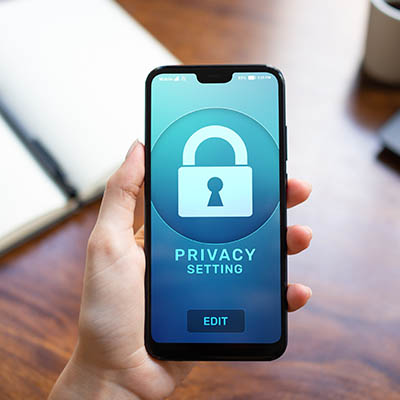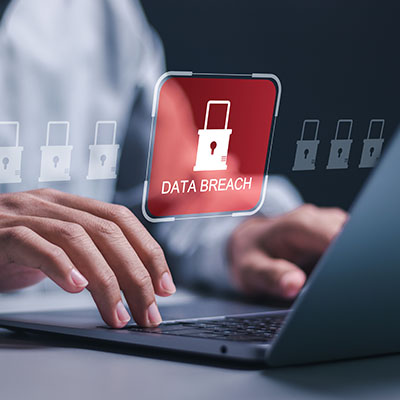If you work on a computer often, you’ve almost certainly been told to clean your cache. It usually amounts to clicking a button on a login screen or in the user settings. In today’s article, we will tell you all about cache and how to clean it on your iPhone and Android device.
Artificial intelligence (AI) is rapidly transforming the technology landscape, and mobile devices are at the forefront of this revolution. As smartphones and tablets become increasingly powerful and sophisticated, they are becoming ideal platforms for running AI applications. This trend is driven by several factors, including:
We haven’t been shy about how essential data backups are, simply because there is always the chance that your business will encounter some form of disaster… but, what if something interferes with these backups? This danger is one reason that immutable backups are utilized. Let’s go over what this means, and how it helps.
Of all your business’ potential cybersecurity vulnerabilities, one can more easily bring your organization to its knees than any other… but if this vulnerability is addressed correctly, you could instead see considerable benefits. Of course, the vulnerability I’m referring to is your team itself. Human error, in its many forms, can easily leave you vulnerable if you aren’t careful about preparing yourself and the rest of your staff to act with cybersecurity in mind.
The NSA—the National Security Agency of the United States of America—are pretty well-known for their digital prowess. Therefore, when they provide a list of practices to help keep our increasingly crucial mobile devices secure, it only makes sense for us to listen.
Data breaches are always a potential problem. They can cause all types of problems inside your business and can even cause strife should your customers need to be notified. In today’s blog, we thought we would review some of the largest and most noteworthy breaches in 2024.
Now that smart mobile devices are a mainstay in business, the landscape will never be the same again. Your organization needs to have a plan to acquire, manage, maintain, and secure these devices. Businesses generally choose either Bring Your Own Device (BYOD) or Corporate-Owned, Personally Enabled (COPE), depending on their needs.
Make no mistake about it, collaboration is an important part of nearly every business. Today, organizations are asked to do more with less and one of the best ways to do that is to build a great collaboration strategy. If there were no collaborative strategy, however, every task within the business would be delegated to a single person with a limited scope and mindset, placing a cap on both the task’s potential and the business’ potential.
When you think about it, the technology we have today is truly awe-inspiring, simply because it enables us to be so much more productive as we exercise our creativity. All one really has to do to prove its value is to compare the quality of life we enjoy now as compared to almost any time in the past. However, this does not mean that everyone is using technology to its full capacity and, as a result, suffering some consequential effects. Let’s consider some of these effects to reinforce why it pays to embrace the potential uses of technology fully.
Data fuels business, but we also share a large amount of data even in our personal lives. Even the most benign communications, like chats, requests to stop by the store on your way home, and even memes or pet pictures, are considered data—and where there’s data, there’s a place where it’s stored. Today’s question: do you know where your data is being stored? And do you know the impact of that storage?










